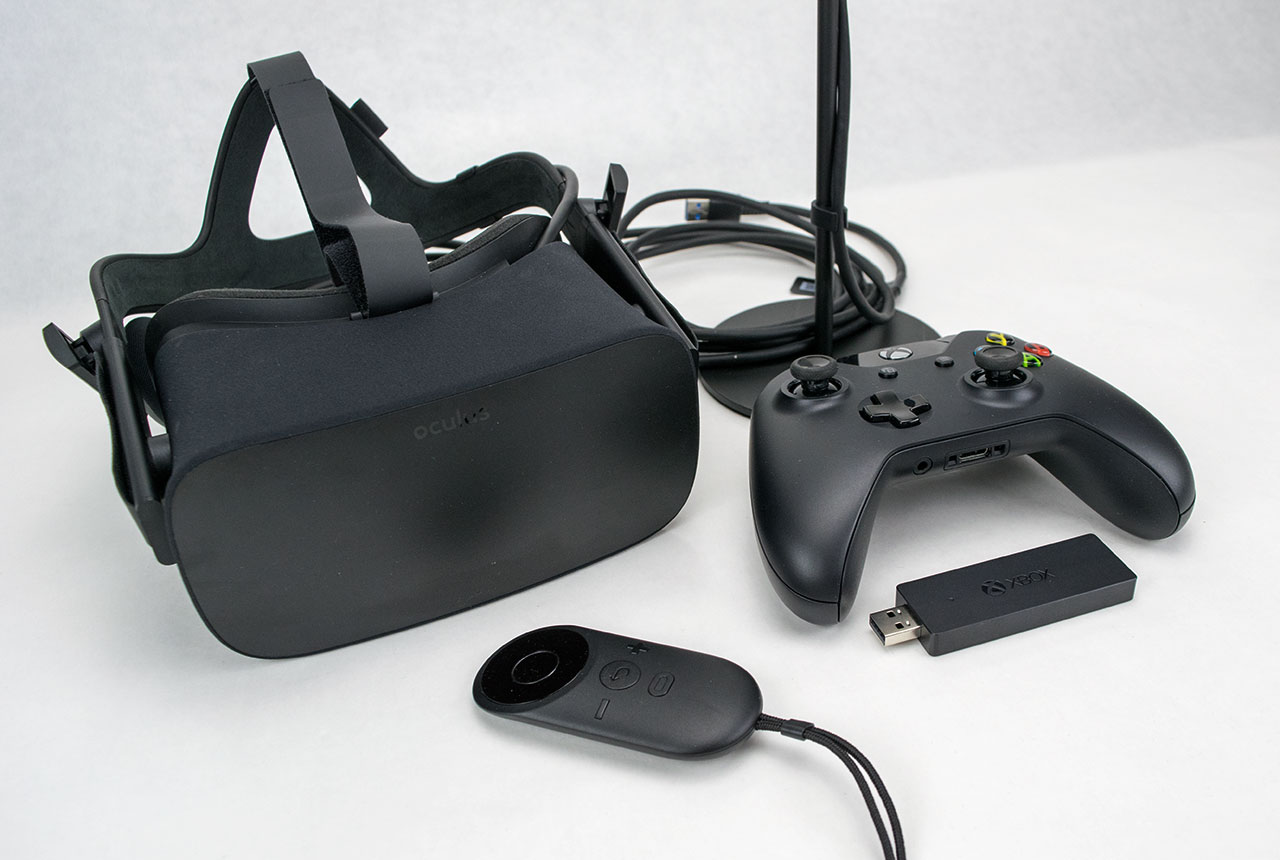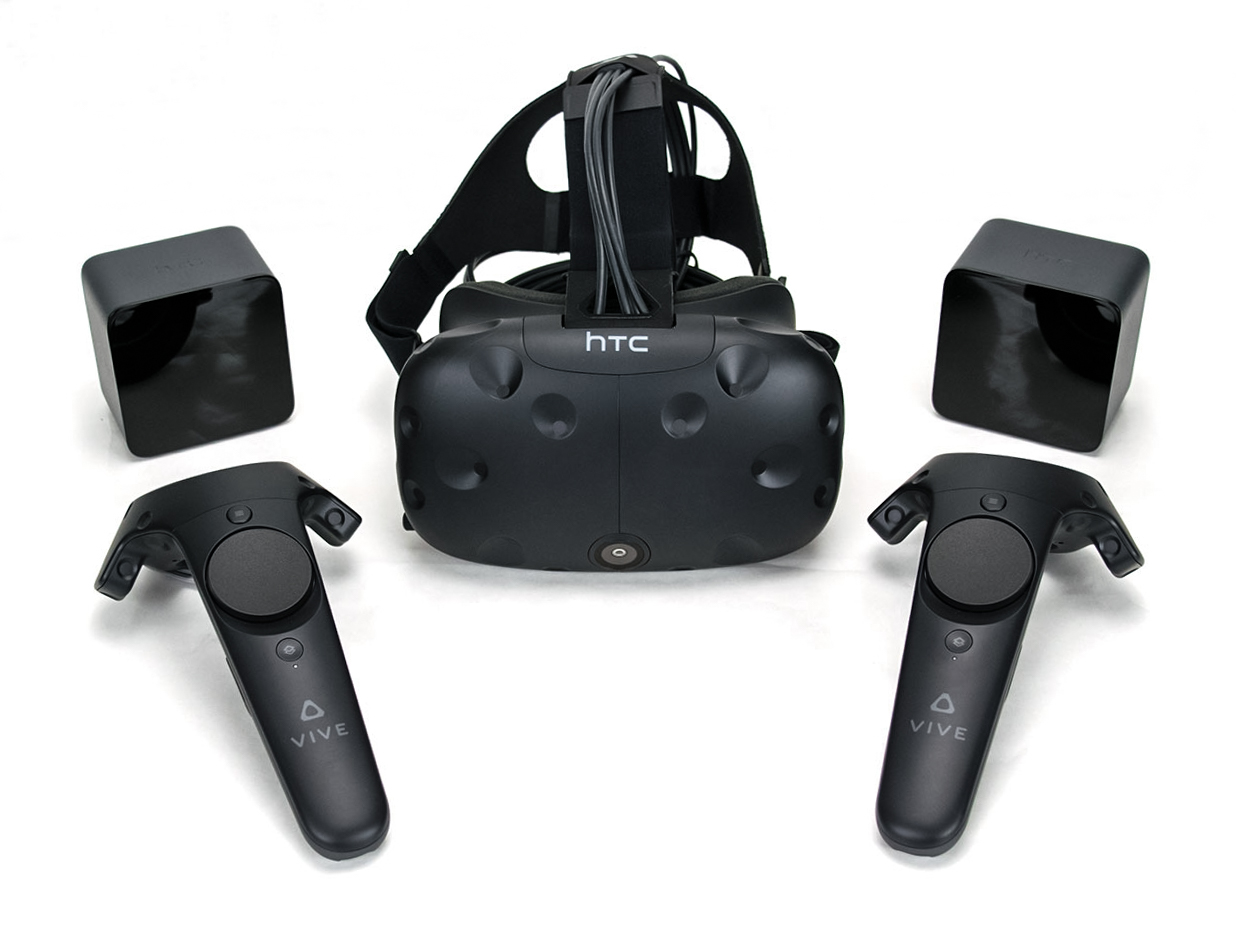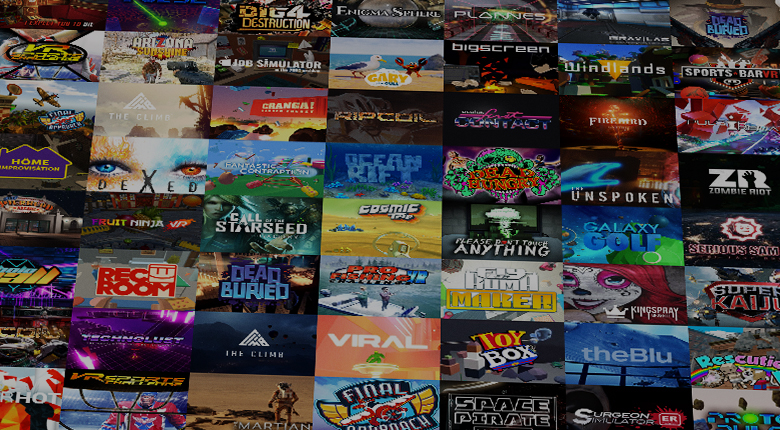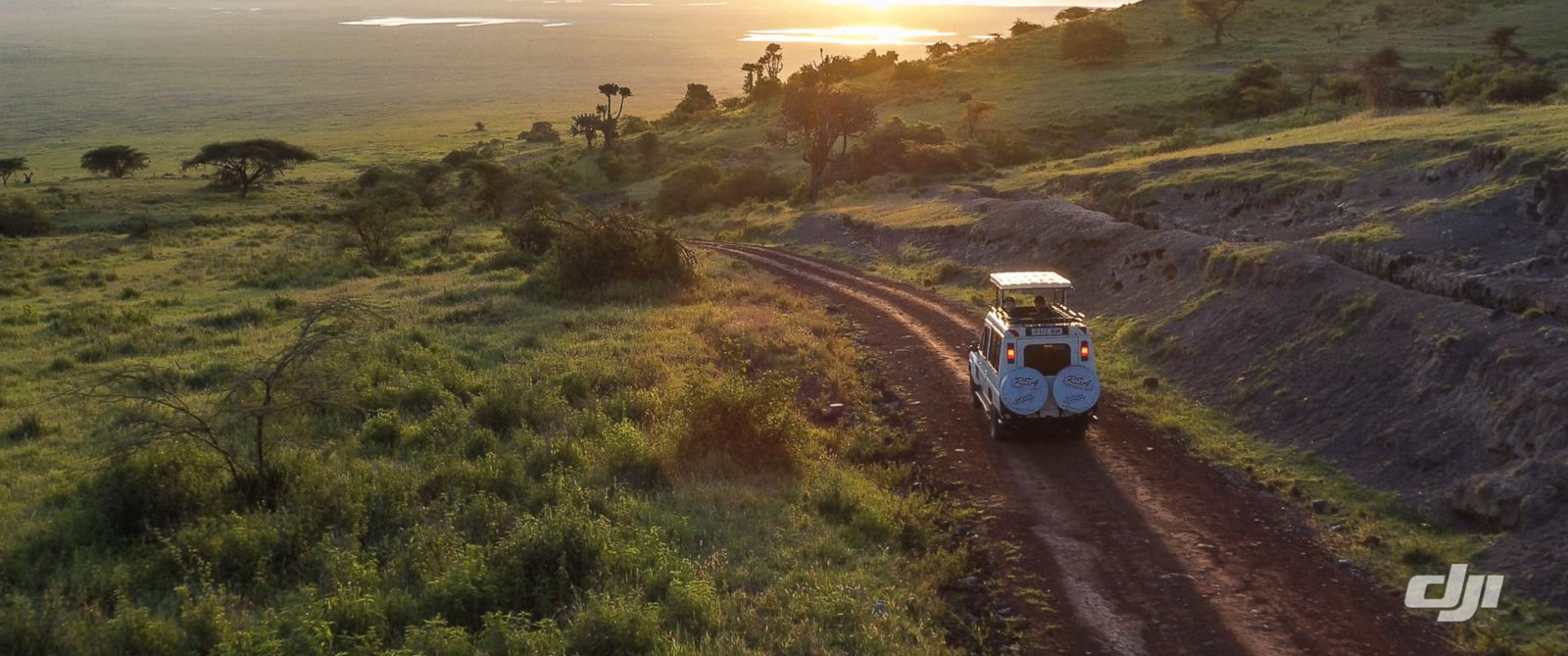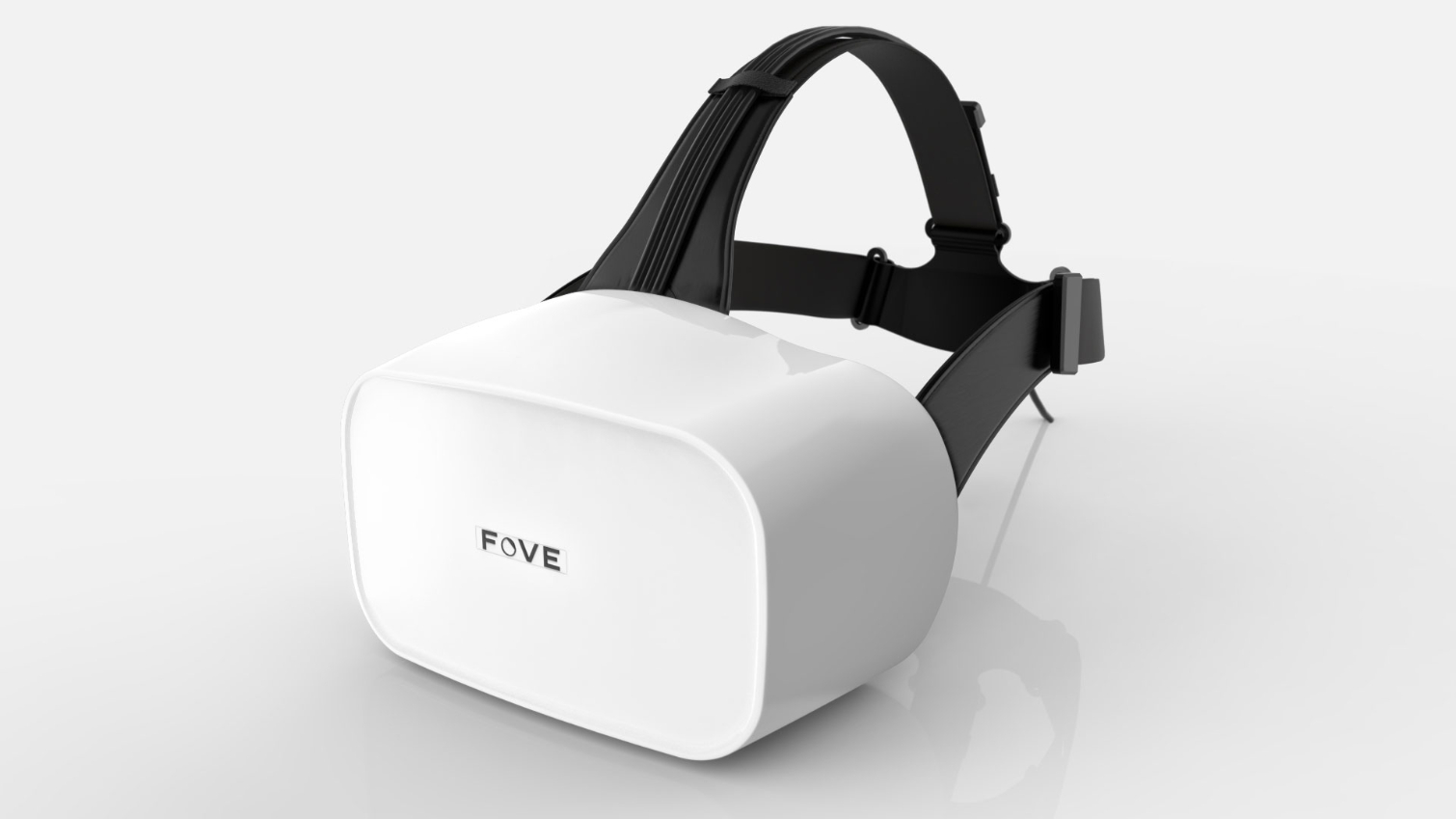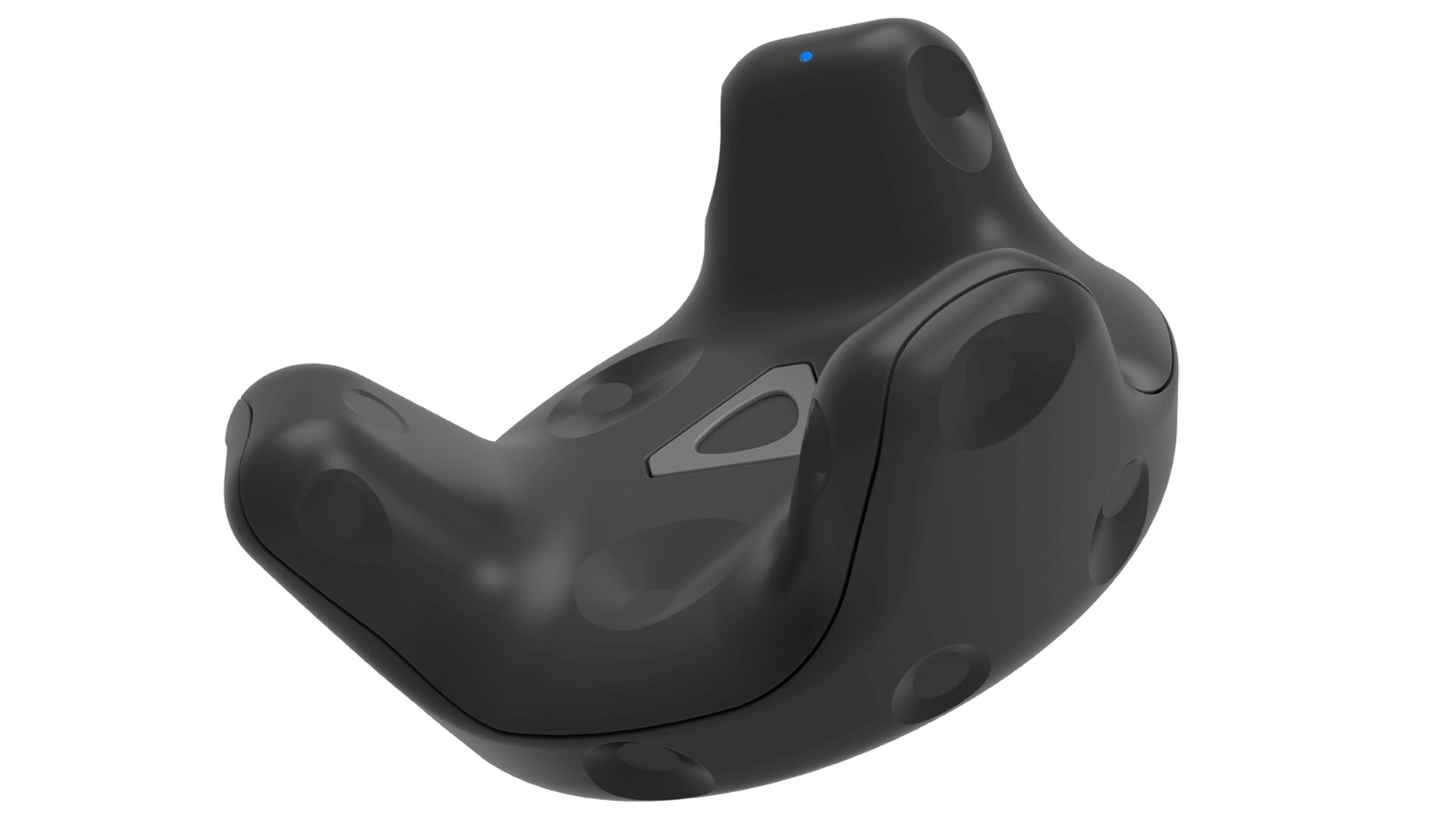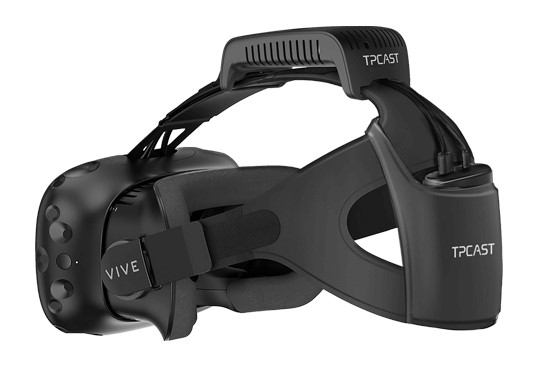The Future Of VR: Predictions For 2017 From People Who Should Know
As 2016 came to a close, we started to wonder what 2017 has in store for us. Instead of making predictions about things we don’t have an inside look at, we decided to ask some people that do.
This was an incredible year for technology enthusiasts. After years of anticipation, high-end consumer-grade virtual reality finally became a--well, a reality. Year One of VR or “The Year Of VR,” as so many people ambitiously called it going into 2016, saw the release of VR HMDs from Oculus, HTC, OSVR, and Sony. Public interest in VR is also on the rise, however slow, which can only be a good thing for this emerging technology. The more consumers get interested in VR, the more developers will adopt the medium and churn out better and better content.
This year saw the release of many excellent VR titles, but it’s fair to say that the “killer app” that will draw the masses in for a taste of virtual reality hasn’t emerged yet. It’s hard to say if 2017 will bear such a fruit, but we’d like to think so. In any case, the quality of VR experiences should continue to improve month over month, year over year, as developers unravel the mysteries of what makes a great VR experience.
Over the last year, we’ve been exposed to a wide variety of technological advancements and hardware demos that paint a picture of where the industry is headed. Given that knowledge, we could lay out a prediction of what we think awaits us in 2017, but we don’t really know what to expect. As reporters, we routinely talk to the real professionals that sacrifice their blood, sweat, and tears to make the VR industry what it is today and what it will be tomorrow. Who better to give insight into what’s to come than the people that are out there in the trenches making it happen?
Leading up to the end of 2016, we reached out to some of the VR industry’s figureheads and executives to find out what they expect out of 2017. We didn’t want to frame the discussion in any way, so we approached these leaders of the VR industry with one simple, generic question: "What do you expect to see come out of the VR industry in the coming year?"
We spoke to leaders involved with hardware development, software development, and people who help share knowledge and help facilitate developers entering this burgeoning new industry of virtual reality technology and experiences. No one can say for sure what the future will bring. The best prediction you could ever hope for is an educated guess, so here you are.
2017: The Year Of VR (Software)
If 2016 was the "Year of VR," 2017 might be the "Year of VR Software." Developers will have had more time to build polished experiences, and a wider audience will have hardware in their homes. The pieces that make up a successful market for VR software will start to fall into place, and everyone will benefit.
Get Tom's Hardware's best news and in-depth reviews, straight to your inbox.
Jason Rubin, famed co-founder of Naughty Dog studios and current Head of Content at Oculus, is among the most qualified in the industry to give an opinion on what's out there just beyond the horizon. As Head of Content, Rubin gets to see what developers are working on long before the public hears a whisper about these projects.
“I have a front-row seat to a lot of the happenings in VR, and what’s to come is going to be incredible,” Rubin told us. "2017 is the year that software is really going to start taking off, now that developers have had time with the hardware and tools and have learned what works. There will be more experimentation, deeper experiences, and more ‘lightbulb’ moments from the dev community. We’ve only just touched the potential of VR.”
Rubin’s words, “we’ve only just touched the potential of VR,” couldn’t be truer. VR developers are in experimentation mode right now. Developing for VR is the wild west—it’s the gold rush of this decade for the gaming and computer hardware industries. No one really knows what they are doing, and as a result, developers are throwing stuff at the wall to see what sticks. Steam VR offers more than 1,000 VR titles already, but most of those experiences are experimental and often not very good. As the VR development community deciphers what works in VR, and what doesn’t, the experiences will get better. (We’ll probably have to accept teleportation mechanics for the foreseeable future, though.)
VR Content Will Drive Hardware Adoption
As content improves, so will the public’s interest in adopting VR technology. Last year, before the Rift and Vive launched, analysts regularly tossed around vast sales estimates totaling millions of VR HMDs sold by the end of 2016.
It’s fair to say that 2016 wasn’t the banner year that some analysts predicted. VR HMDs are gaining popularity, but the devices sold in far fewer numbers than many people anticipated. The first year of VR was somewhat sobering for some people in the VR industry. According to SuperData Research, a little over 1.5 million people bought premium VR HMDs from Oculus, HTC, and Sony. That’s a good start, but it’s a far cry from the numbers that some analysts expected.
Rich Flier, Managing Director of Business Development at Digital Domain (majority share holder of IM360) believes that 2017 will see VR HMD sales numbers start to climb, thanks largely in part to the compelling content that awaits us this year.
“2016 saw tremendous advances in the hardware and software enabling consumer use of VR,” said Flier. “In 2017, we expect VR content to come to the fore. After all, content is king, and the realm of VR is no exception. Engaging, immersive content is what will drive mainstream adoption of VR technology and keep audiences coming back for more.”
Maybe Innovative Hardware Will Drive VR Adoption
Not everyone believes that content is king, however. Thor Gunnarsson, co-founder and head Business Development at Sólfar Studios (which created the Everest VR experience), believes that standalone VR will have a bigger impact in driving customer interest than software will this year. We find that statement from a software developer curious, but Gunnarson isn’t writing off the killer app concept, he just thinks that won’t happen until the end of the year.
“2017 will kick off with the usual slide down into the trough of disillusionment courtesy of analysts bemoaning slower than predicted uptake for VR headsets, largely based on their own overly bullish predictions last year,” said Gunnerson. “By E3, we'll see the first serious buzz building around standalone VR, whether from the new Oculus prototype we glimpsed at OC3 or from the first look at VR headsets based on mobile chipsets from Nvidia that rival PS4 level performance in a dedicated form factor. By Christmas, the first killer app for VR will be lauded as VR´s 'Super Mario' moment, and we´ll all say we always knew this VR thing was gonna be big.”
Hardware Adoption Could Remain Slow
Not everyone we talked to is as optimistic that 2017 will see a rapid rise in VR hardware sales. Simon Carless, a co-runner of GDC/VRDC, believes that VR will remain largely a niche product for tech enthusiasts and seasoned gamers through 2017. We may be graced with a few hot titles that generate buzz outside of the enthusiast community, but Carless doesn’t believe those titles will be enough to drive the masses towards virtual reality.
"Virtual reality will get a larger experience that puts it on the 'must-try' radar for most tech geeks and gamers, but overall hardware sales will still disappoint, since many of the companies in the space are in it for the long haul," said Carless.
New Technologies And Ideas Coming, But The HMDs We Have Are Here For A While
2017 will no doubt introduce new VR HMDs into the market. We already know of several coming from Microsoft’s partners later this year, and as we just learned at CES, there are a few more on the horizon. But the upcoming headsets could still be considered “first-generation.” VR hasn’t been in consumer's hands for long enough to determine what must be included in “generation two” of these devices. Lochlainn Wilson, Co-Founder & CTO of FOVE, doesn't think we'll see any prominent new VR HMDs for at least another year.
Wilson's company is preparing to ship the Fove 0, a second-generation VR headset developer kit that features eye tracking sensors to enable gaze-activated interactions and foveated rendering. Wilson may have a vested interest in saying there’s nothing coming to compete with his company’s product, but he also has reason to have his finger on the pulse of the industry. Wilson expects that new technology will be introduced this year that will end up in next generation headsets that begin to land in 2018.
"From a hardware perspective, I think 2017 will not be the year of major new HMDs,” said Wilson. “Instead, it will be the year that some technologies are introduced that will in hindsight come to be seen as absolutely crucial to the mainstream acceptance of VR. Eye tracking, inside-out positional tracking, and tetherless technologies will all see major advances this year. Only after these are baked into new headsets for 2018 and beyond will we be able to tackle the issues around price, ergonomics, and compelling content."
Peripherals & Accessories
With CES 2017 behind us, we already have an idea of what’s on the horizon for this year. HTC revealed the Vive Tracker, a universal Lighthouse tracked device that you can attach to any object to bring it into virtual reality. The company showcased a variety of use cases for the device, including attaching it to real-world items such as a tennis racket or a baseball bat. The tracker also has a USB interface that allows hardware developers to relay input signals from their peripherals through the tracker to enable things such as gun triggers.
HTC also announced the Deluxe Audio Strap upgrade for the Vive, which adds integrated speakers, such as the ones that come with the Oculus Rift. The new head strap also features a mechanical adjustment like the one that Sony’s PSVR features.
Two companies also announced upgraded speaker systems for the Rift. Audeze launched the iSINE VR headphones, which replace the integrated Rift headphones. JBL also announced its entry into the Rift headphone business. The company revealed the JBL OR300 on-ear headset replacement and the JBL OR100 in-ear headphones.
Possibly the most exciting VR announcements at CES were from the multiple companies that are building wireless VR HMD upgrades. TPCast partnered with HTC to launch an officially supported wireless system. We learned about TPCast’s wireless system in November, but it was available only to the Chinese market. During CES, HTC revealed that the kit would launch worldwide in a few months.
TPCast will have some competition in the wireless HMD upgrade market this year. A company called Scalable Graphics is building a Wi-Fi-based system called KwikVR, and another company called Rivvr announced a similar product, and their systems are compatible with the Oculus Rift, whereas TPCast appears to have locked in an exclusivity deal with HTC. We know of at least one more company that is making a wireless system for the Vive, too. In late August 2016, Quark VR announced that it would show a wireless Vive in action “in the fall,” but that didn’t come to pass. We expect to hear more from Quark VR sometime in 2017.
Here’s To The New Year
2016 was an exciting year for technology enthusiast and gamers, but that was just the beginning. 2017 is likely to be just as exciting. Here’s to the new year; I for one, can’t wait to see what surprises it has in store for us.
Kevin Carbotte is a contributing writer for Tom's Hardware who primarily covers VR and AR hardware. He has been writing for us for more than four years.
-
WFang If someone can nail the wireless without noticeable lag, jitter, and connection problems and a good solution for the battery/power (decent play time per pack, simple to swap out packs, and a good charging dock solution suitable for a living room)... that would spring to the top of my list of HTC upgrades.Reply
The upgraded head-strap sounds like a 'nice to have', for me mostly because of the mechanical adjustment portion of the upgrade. hopefully that works well. -
SVstorm Their never going to sell many more if they cant lower the insane prices that go along with everything released for VR. The units themselves and all the accessories are all extremely expensive when compared to anything else related to gaming and most people just don't care enough about it to drop that much money on it IMO.Reply -
c4s2k3 No compelling content = continued low adoption. Even if the HMD prices drop, you still need a fair investment in computer hardware. Even with the PSVR, you are talking about a few hundred $ above and beyond the price of the HMD.Reply
Sure, the existing demos and games provide "amazing" experiences . . . for a little while. How many of those do you have to buy to get enough usage to justify the hit to your pocketbook? -
sadsteve Not being an early adopter type of person, I'm not interested in VR/AR until the headset is about the same size as a pair of sunglasses.Reply -
R-Brysett About having to accept the teleportation mechanics.Reply
Well.. At some people are working on solving that problem..
https://www.youtube.com/watch?v=lHzCmfuJYa4 -
R-Brysett Dang it..Reply
Typo..
Was supposed to say . "At least people"..
Thinking about different ways to say things and typing at the same time? Bad idea :p -
numpsy I kept trying to demo an Oculus Rift at my local BESTBUY stores and the guy would never be there when I was finished work. So I bought one, and the lady says, just return it if you don't like it. I loved it first, and purchased a game via Steam. Played the games I got for free, and was very hesitant purchasing games as the reviews for every game were wildly far apart. I kept going to bed at night thinking, am I OK with spending 800 all in for the headset AND controllers for how often I'll be playing it?? Nope. So I returned it, I had buyers remorse, and I purchased on a whim like a child.Reply -
targetdrone 2016 was the year ALL of the experts got it wrong and no one was fired because if it. If those same clueless people are making predictions for 2017 reality will turn out very different like it did in 2016.Reply
VR while a very cool idea has so many physical limitations it'll never be the all inclusive market Facebook was betting on.
Just about anyone can use a keyboard, mouse, and monitor without any problems and you barely need any room space to set that up. VR on the other hand can make even the most hardcore marathon PC gamer motion sick a few minutes,
You need a "large" dedicated room for a proper VR setup, something not available to a lot of people, especially apartment dwellers or people in very small homes.
Then there is the physical ability issue. There a lots of people who use a PC or game on consoles that can't physically stand up waving controllers around for any length of time so why would they buy VR at any cost if they can't use it.
The only way to solve those problems is some type of NervGear(Sword Art Online) system sans the whole brain microwaving feature. -
Sakkura Reply19131249 said:You need a "large" dedicated room for a proper VR setup, something not available to a lot of people, especially apartment dwellers or people in very small homes.
Then there is the physical ability issue. There a lots of people who use a PC or game on consoles that can't physically stand up waving controllers around for any length of time so why would they buy VR at any cost if they can't use it.
1. No, you do not need a lot of room dedicated to VR.
2. No, those people are in fact among those who gain the most from VR. VR opens up a lot of experiences that would otherwise be impossible for them. -
blackbit75 I think price isn't the point that makes people refuses VR. It's like 3D TV's. The idea is good. But they are getting less in the market announced. Price is the same already. There is content. But, just to wear those glasses, makes people to reject them. A simply little unconfortable thing, makes reject it. Also that if you wanted more people than those glasses to watch a film, you should stick to 2D.Reply
Low price would increase the hype, but at the medium stage (2-3 years) people would loose interest in it.
I can't afford it, but also an iPhone, or a Samsung Galaxy S7, and people buys it and don't say : it's expensive. They say ... look this quality piece of technology. VR is a top end technology not found previously. You can buy a a smartphone cheaper that does something like a Samsung phone, almost at 100%, but not a VR experience. It's unique.
So ... I don't feel people will adopt VR, and less with such a bad image created unfairly by the media. There are many questions about why other technologies haven't been adopted.
Not repeating it is expensive it becomes true. But people will believe that, being false.
Sorry for my english.
You could have low price
